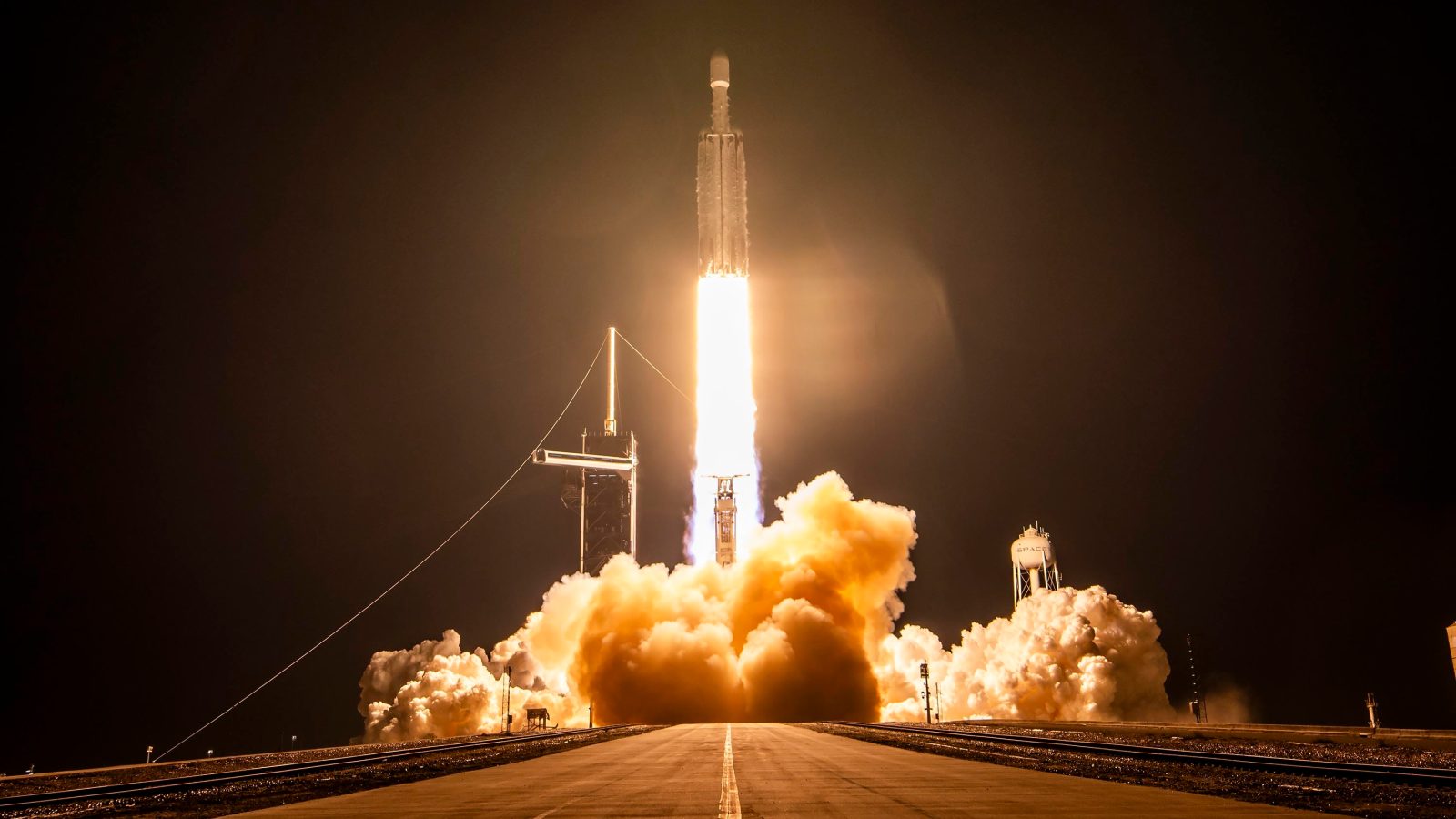
Six months into the year and SpaceX has launched 62 rockets, two Starships and the rest Falcon 9s. So far, the company has yet to launch its biggest operational rocket, the Falcon Heavy. In one week that will change with the launch of NASA/NOAA’s GOES-U spacecraft on June 25.
There are five GOES terms you will need to know to understand this launch: GOES-U, GOES-R, GOES-16, GOES-19, and GOES East.
First are GOES-U and GOES-19, these two names refer to the same spacecraft. When it is launched next week Thursday from LC-39A at NASA’s Kennedy Space Center and becomes operational, GOES-U will be renamed to GOES-19.
This is a common practice among some geostationary satellite operators, including US spy satellites, commercial telecommunication operators, and of course NASA and NOAA. This signifies the change of command from NASA to NOAA (as NASA oversees the construction and launch while NOAA operates them) and that it has graduated to being operational.
The third term is GOES-R, this is the class of weather satellite GOES-U is a part of. That’s right, two names for a satellite with the same letter scheme that means completely different things. These are the most advanced weather satellites NOAA operates and began being used in 2016, with you guessed it, the GOES-R satellite that is now known as GOES-16.
Which leads us into our fourth term, GOES-16, which will be replaced with GOES-19. This satellite covers the GOES East (our final term) region. From its vantage point, you can see the continental United States, South America, Atlantic Ocean, and finishes with the western coast of Africa.
While images from GOES-16, and soon GOES-19, are used for tracking all weather systems across the US, its a key satellite for following developing tropical storms both in the Gulf and over on the African coast.
So there you have it, five GOES terms you now know:
- GOES-U: NASA/NOAA’s latest weather satellite.
- GOES-19: The operational name that will be given to GOES-U.
- GOES-R: The class of satellite GOES-U/19 is.
- GOES-16: The satellite GOES-19 will replace (the first GOES-R satellite).
- GOES East: The region GOES-19 will service.
Oh and what does GOES stand for? Geostationary Operational Environmental Satellite, aka a weather satellite.
SpaceX to launch its 10 Falcon Heavy mission
Back in 2018, a billionaire decided to launch his Tesla Roadster out near the orbit of Mars. While he was known for creating PayPal, bringing electric cars to the masses, and landing the first rocket booster, you could say the Falcon Heavy Demo mission put the name Elon Musk in households across the country and world.
Now you would be shocked to find someone that didn’t know who the eccentric entrepreneur was.
Since 2018, the company has only launched nine Falcon Heavy rockets. On the contrary, SpaceX has launched 297 Falcon 9 rockets since the demo flight. This is thanks to Starlink, where a full fairing of these satellites can fit and be launched with the Falcon 9.
Since development started on the Falcon Heavy, the Falcon 9 has become more capable, being able to handle most missions that originally required the Falcon Heavy.
Right now, the Falcon Heavy is key for the largest of satellites the world needs to launch. Between telecommunication and US spy satellites, Falcon Heavy is still needed but will most likely be replaced by Starship, which could become operational in just a few years.
FTC: We use income earning auto affiliate links. More.



Comments